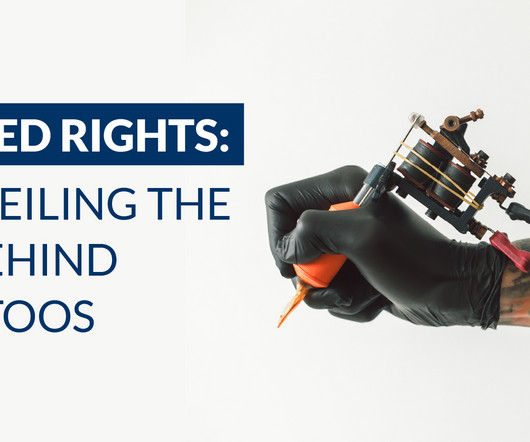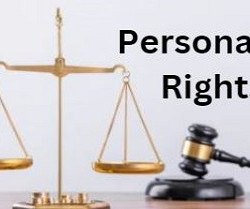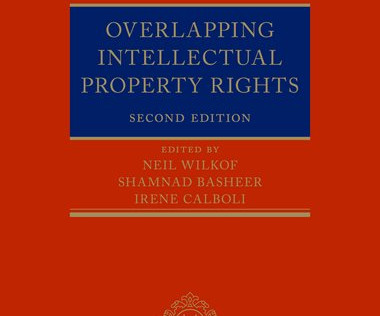Why Moral Rights are Dead Serious: Preserving the Posthumous Moral Right of Integrity – Part I
SpicyIP
MAY 3, 2023
are typically objected to on the grounds of personality rights (publicity rights, celebrity rights, by other names), privacy and (to a limited extent) defamation. Such treatment usually amounts to violations of the moral rights of the author.












Let's personalize your content